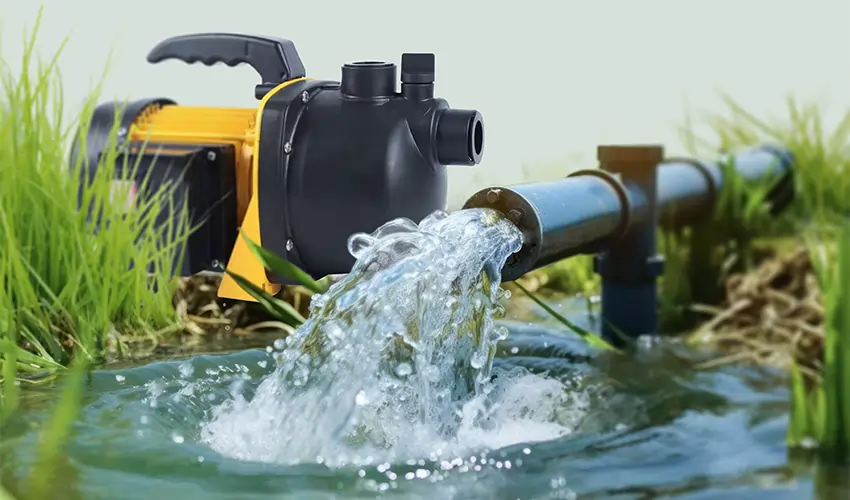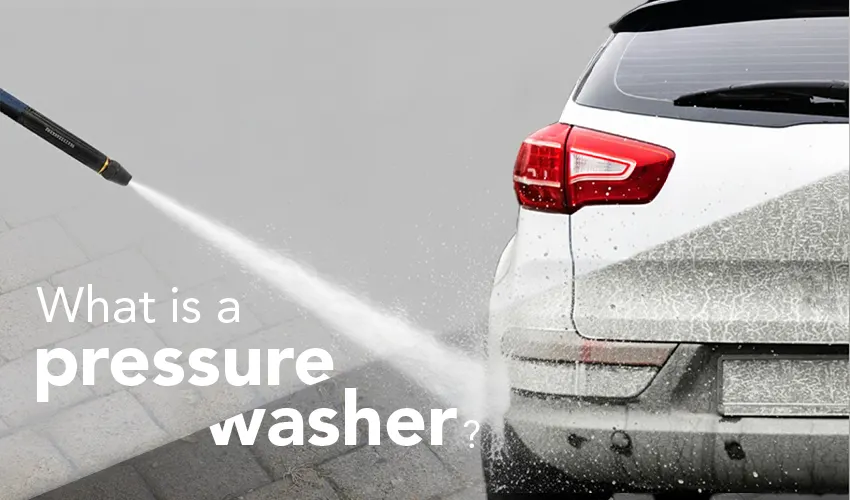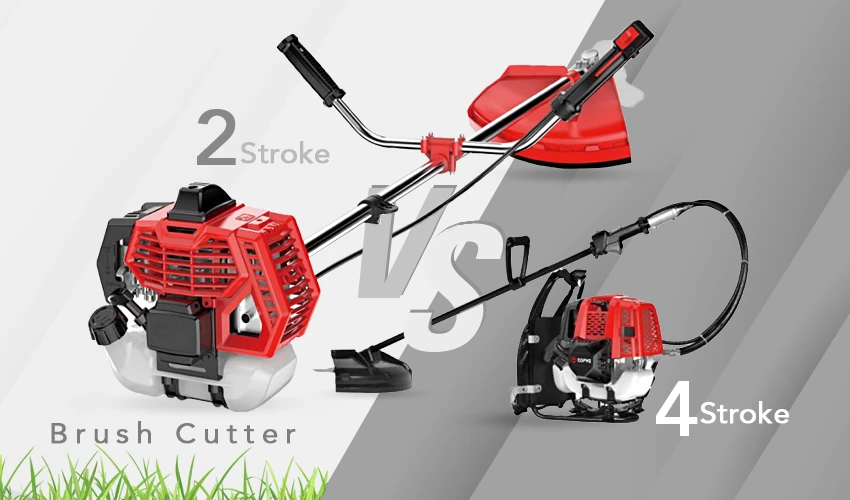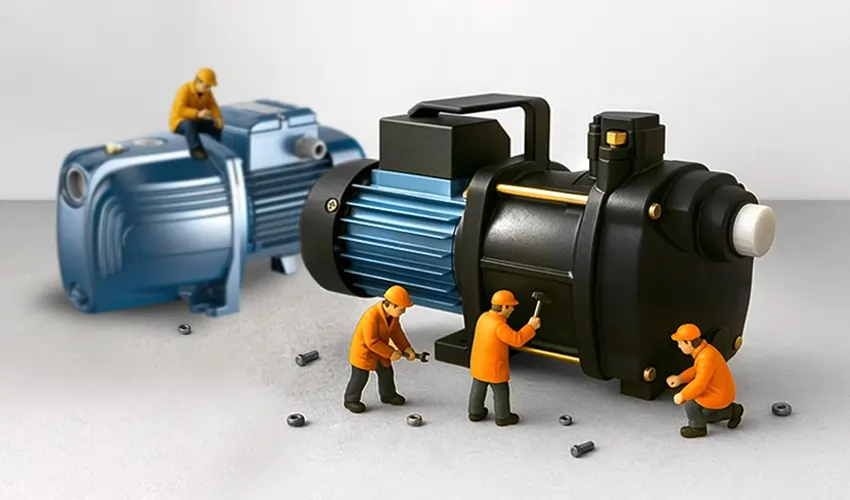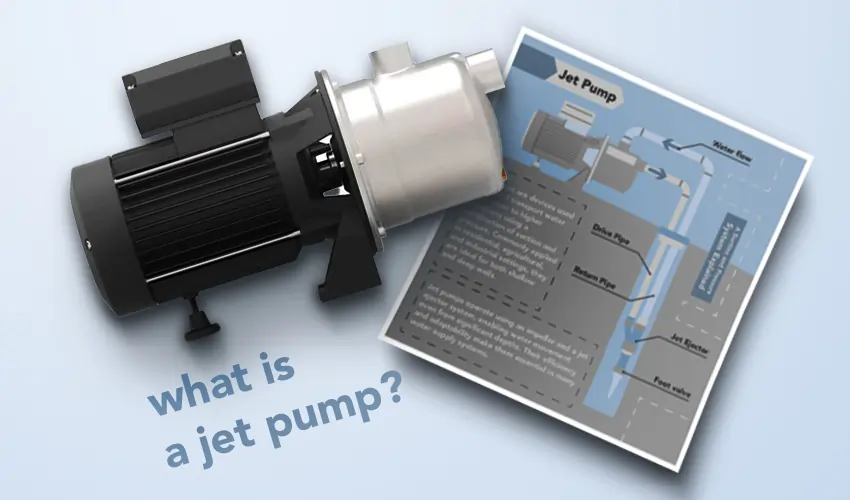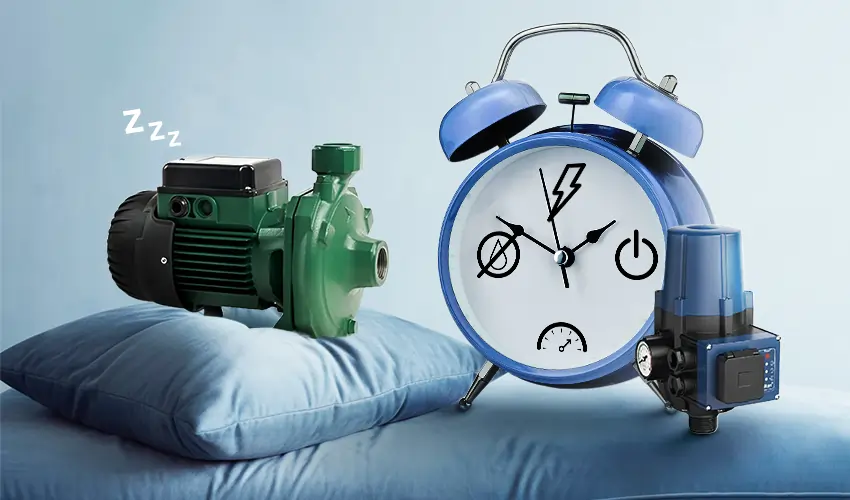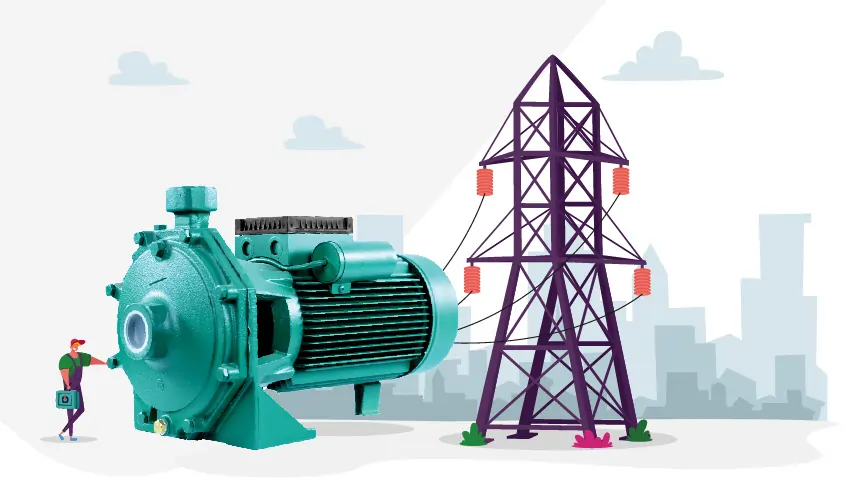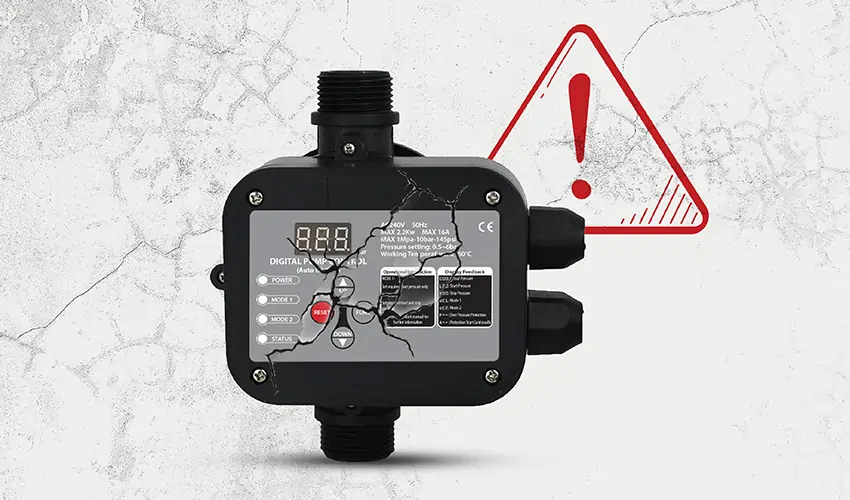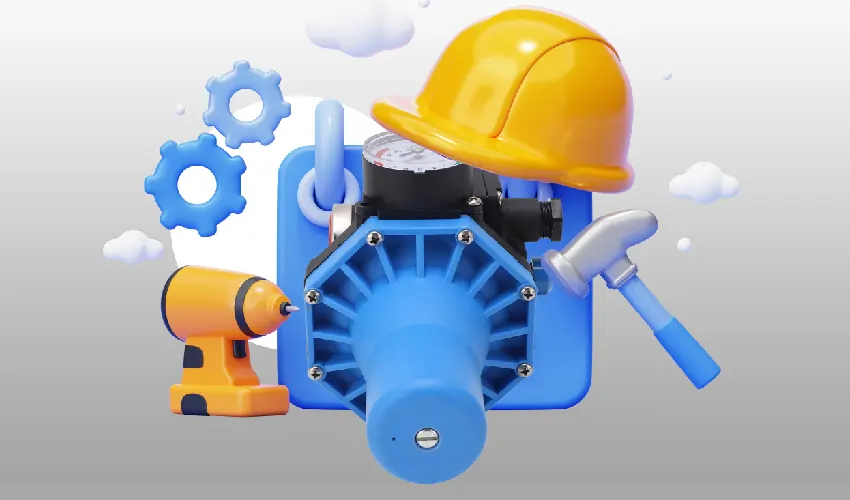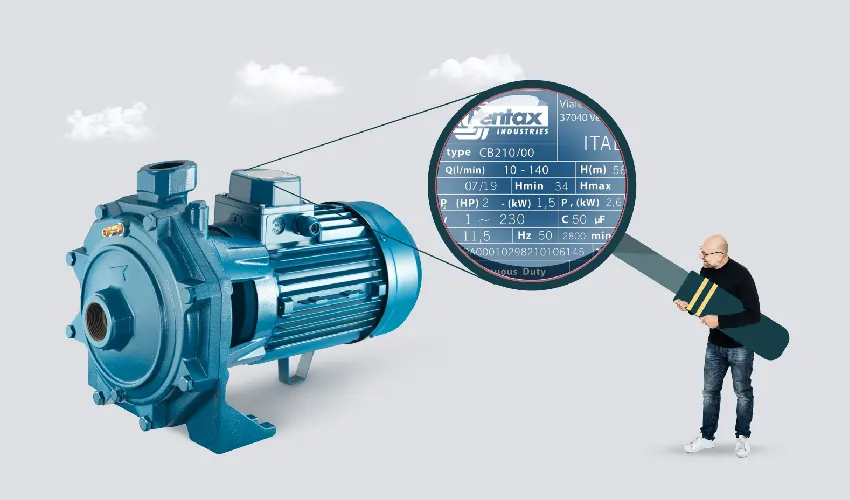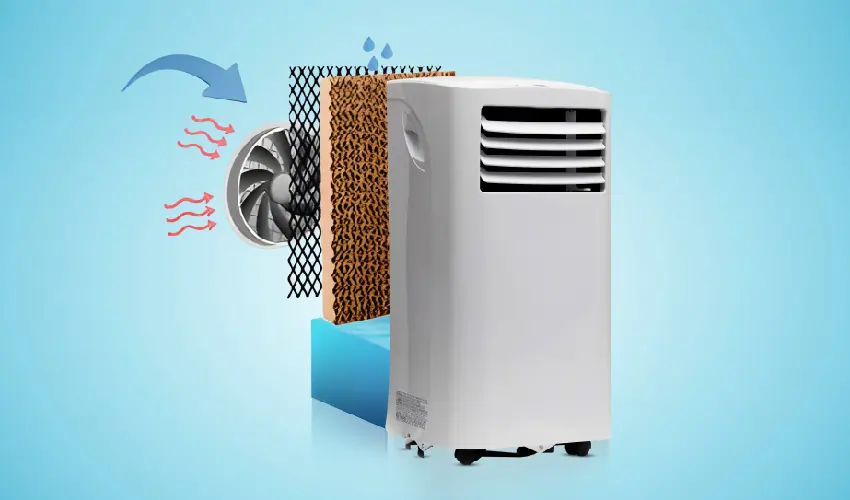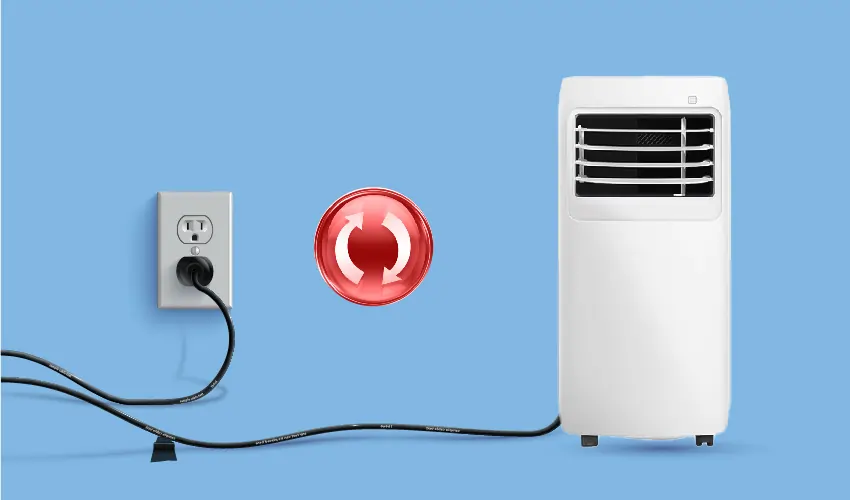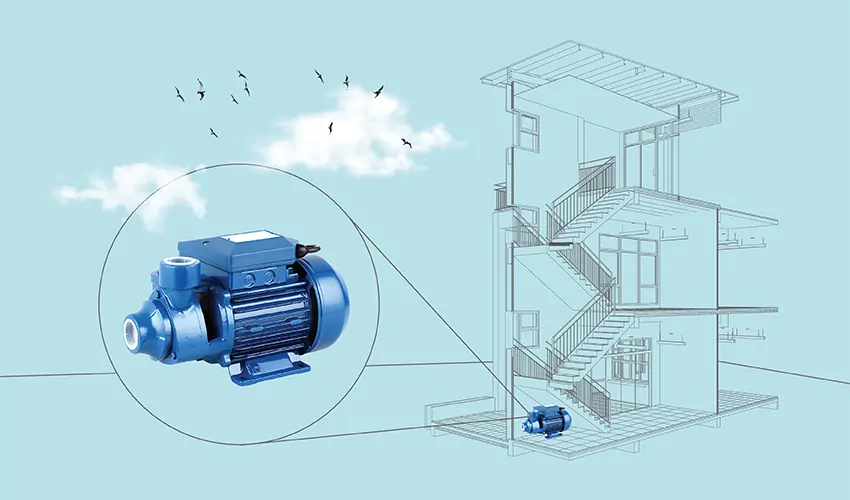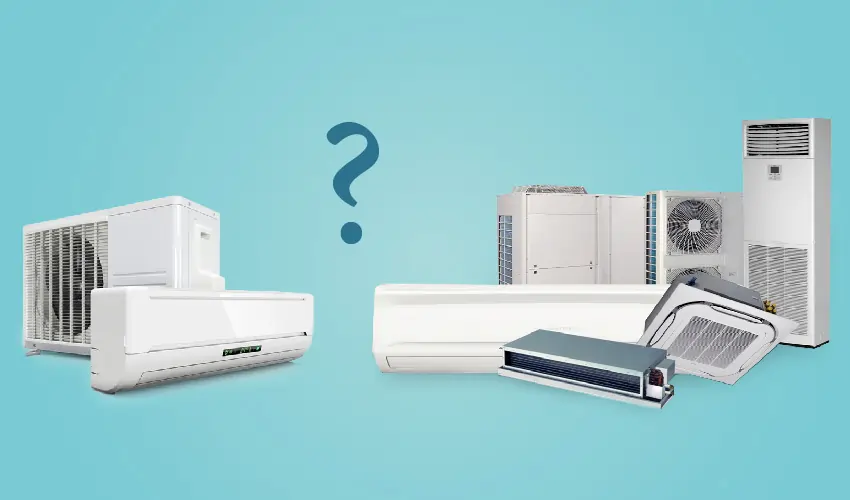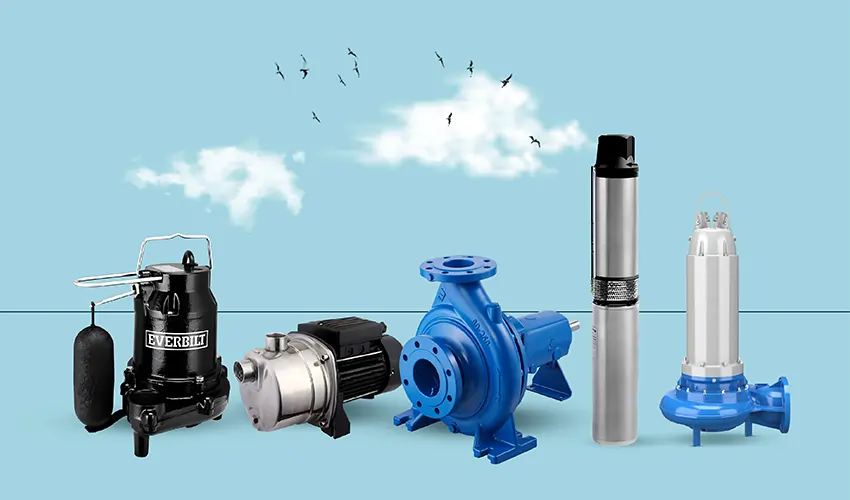Best Shallow Well Jet Pump
A shallow well jet pump serves as a vital component in water supply systems, particularly in scenarios where the water source is relatively close to the surface. Designed for wells with depths of 25 feet or less, these pumps play a crucial role in various applications, from residential water supply to irrigation.
This brief guide explores the features and considerations in selecting the best shallow well jet pump, emphasizing the importance of factors such as suction capability, pressure delivery, and construction materials in meeting specific water supply needs.
What Is a Shallow Well Jet Pump?
A shallow well jet pump is a type of water pump designed for use in wells with a water depth of 25 feet or less. It is specifically engineered for applications where the water source is relatively close to the surface. Shallow well jet pumps are commonly used in residential settings, providing water for household needs such as drinking, irrigation, and other domestic purposes.
Key features of shallow well jet pumps include:
- Suction Mechanism: Shallow well jet pumps use a suction mechanism to draw water from the well. They typically have a single pipe that includes both the intake and the discharge.
- Jet Assembly: The pump includes a jet assembly, which is responsible for boosting the water’s pressure as it is drawn from the well. This assembly often includes a nozzle and a venturi tube.
- Placement: Shallow well jet pumps are installed above ground level, usually in a well house or basement, making them easily accessible for maintenance and repairs.
- Primarily for Shallow Wells: These pumps are most effective in wells where the water level is relatively close to the ground surface. If the water source is deeper, a deep well jet pump or submersible pump might be more suitable.
- Power Source: Shallow well jet pumps are typically powered by electricity.
- Usage: Common applications include residential water supply for small households, irrigation for gardens, and other low- to moderate-demand water requirements.
It’s important to note that if the well depth exceeds 25 feet, a different type of pump, such as a deep well jet pump or a submersible pump, may be more appropriate for efficient water extraction. The choice of Efficient shallow well jet pump depends on the specific characteristics of the well and the water requirements of the intended application.
How does a shallow well jet pump work?
A shallow well jet pump works by utilizing suction to draw water from a well and then boosting its pressure to deliver it to a desired location. Here is a step-by-step explanation of how a shallow well jet pump operates:
- Location of the Pump: The pump is typically installed above ground level, either in a well house or a basement, to facilitate easy access for maintenance and repairs.
- Intake Pipe: The pump is connected to an intake pipe that extends into the well, reaching down to the water level.
- Foot Valve: At the lower end of the intake pipe, there is often a foot valve, which allows water to enter the pipe while preventing it from flowing back into the well when the pump is not in operation.
- Jet Assembly: The pump includes a jet assembly, which usually consists of a nozzle and a venturi tube. The venturi effect is utilized to increase the speed of the water flow.
- Suction Action: As the pump operates, it creates a suction force that draws water up the intake pipe and into the pump.
- Pressure Increase: The jet assembly helps increase the pressure of the water. This is crucial for lifting the water from the well and ensuring it reaches its destination.
- Discharge Pipe: The pressurized water is then discharged through a separate pipe to the desired location, such as a household plumbing system, irrigation system, or storage tank.
- Pressure Tank: In many systems, a pressure tank is used to store a certain amount of pressurized water. This helps regulate the water pressure in the system and reduces the frequency of pump cycling.
- Pressure Switch: A pressure switch is often integrated into the system to monitor the pressure levels. When the pressure drops below a certain point, the switch triggers the pump to start, and when the pressure reaches a set upper limit, the pump is turned off.
The best automatic pump controller introduction
Here are some features and considerations to look for when selecting an automatic pump controller:
- Reliability: Look for a controller from a reputable manufacturer known for producing reliable and durable products.
- Ease of Installation: Choose a controller that is easy to install and set up. User-friendly interfaces and clear instructions contribute to a smoother installation process.
- Compatibility: Ensure that the pump controller is compatible with the type of pump you are using, whether it’s a submersible pump, jet pump, or centrifugal pump.
- Pressure Sensing and Control: A good pump controller should have accurate pressure sensing capabilities and provide precise control over the pump operation to maintain consistent pressure in the system.
- Automatic Start/Stop Functionality: The controller should have reliable automatic start and stop functions based on water demand. This contributes to energy efficiency and prolongs the life of the pump.
- Protection Features: Look for controllers with built-in protection features such as dry-run protection, overload protection, and voltage protection to safeguard the pump from potential damage.
You might also consider:
- Adjustability: The ability to adjust pressure settings and other parameters is valuable, allowing customization to meet specific system requirements.
- LCD Display and Status Indicators: A clear LCD display and status indicators provide real-time information about the pump’s operation, making it easier to monitor performance and diagnose issues.
- Automatic Restart: In case of power outages, an automatic pump controller with a restart feature ensures that the system resumes operation once power is restored.
- Remote Monitoring and Control: Some advanced controllers offer remote monitoring and control capabilities, allowing users to manage the pump system from a distance using mobile apps or other remote interfaces.
- Compliance with Standards: Ensure that the pump controller meets industry standards and regulations to guarantee safety and performance.
Identifying the top-rated shallow well jet pump requires a careful consideration of factors like suction capacity, pressure delivery, construction materials, and application-specific features.
The choice of the ideal pump model depends on the depth of the well and the specific water requirements of the intended use, such as residential water supply or irrigation. Consulting with experts, reviewing user feedback, and selecting a pump from reputable manufacturers contribute to ensuring efficiency and reliability in extracting water from shallow wells.

